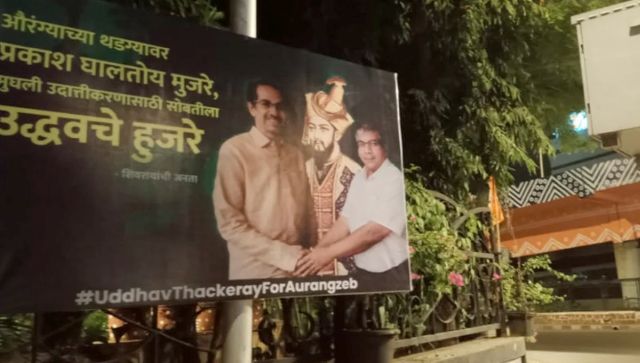At a time when India was grappling with the evils of colonialism, an enlightened ruler placed himself proudly on a cosy cushioned throne under the shelter of morpankh (peacock feather) in a palatial abode in the city of Vadodara (or Baroda as it was called back then).
Maharaja Sayajirao Gaekwad III was on good terms with the British and never revolted against them, violently or non-violently. However, the silent guardian of the Indian culture was constantly occupied in reforming his state within the framework of the British.
Though he never collided with the British, history suggests that he never let the colonisers interfere in his administration. In fact, even after roping in renowned British architect Major Charles Mant to design his palace, he ensured that the historic structure remains deeply rooted in the Indian soil.
Lukshmi Vilas Palace stands at the confluence of two rivers – Western craft and Indian heritage. Sayajirao was a well-read and well-travelled man who imbibed a part of all the territories he treaded and in turn, translated all of them into perhaps his most cherished possession yet – the Lukshmi Vilas Palace.
The palace incorporates nuances of both Indian and Western architecture. It is a fine example of what came to be known as the Indo-Gothic architecture, a style that borrows from Indo-Islamic architecture and the Gothic Revival architecture from Victorian Britain.
At a time when the suppressed Indian masses were battling with European invaders, Italian marvel Felicci’s marble sculptures co-exist peacefully with the prolific Indian painter Raja Ravi Varma’s paintings. In fact, Varma was a like-minded individual of Sayajirao as his artwork was based on European techniques but depicted Indian mythology.
Chandeliers and stained glass windows from Belgium adorn the ceiling and the walls of the palace respectively. The light that falls on the floor in the grand Durbar Hall through the Belgian glass does not make it look any less Indian. Mughal motifs dominate the wide spread though the floor has been done in the Venetian Mosaic style.
The palace also boasts of elevators and telephone lines – modern facilities that were unheard of in India at that time, given the palace was completed in 1890. However, the facilities were put to good use in order to reach the remote corners of the palace periphery.
Sayajirao also connected the remote corners of the country by housing various symbols associated with prominent rulers of the other states. As soon as one enters the armoury section of the palace, small statues of the brave Maratha ruler Shivaji and the heroic Maharana Pratap Singh of Rajasthan hold their ground, looking each other in the eyes.
Two swords stand out in the armoury. One is the sword of Aurangzeb, the infamous Mughal ruler. His sword is a unique piece of craft and war mastery as the inside edge is sharper which makes one wonder the Herculean strength that Aurangzeb possessed for him to use that sword with skill and swiftness.
The other sword is that of Durga. Nine incarnations of the much-revered goddess are engraved into the sword one below the other. The rationale behind the design is not only for adornment but also to inspire the warrior as one always inspects his sword before stepping into the war.
From West Bengal to Rajasthan, states across the breadth of the country find themselves represented in parts of the majestic palace that was built by a Gujarati ruler of a Marathi lineage. What is equally refreshing is the provision of an audio tour for tourists which educates them about historic facts rather than having a verbose tour guide narrate folklores of the erstwhile ruler.
Thus, it is clear that the descendants of Sayajirao continue to modernise Lukshmi Vilas Palace which stands undoubtedly as the most magnificent bridge between the east and the west.


)




)
)
)
)
)
)
)
)